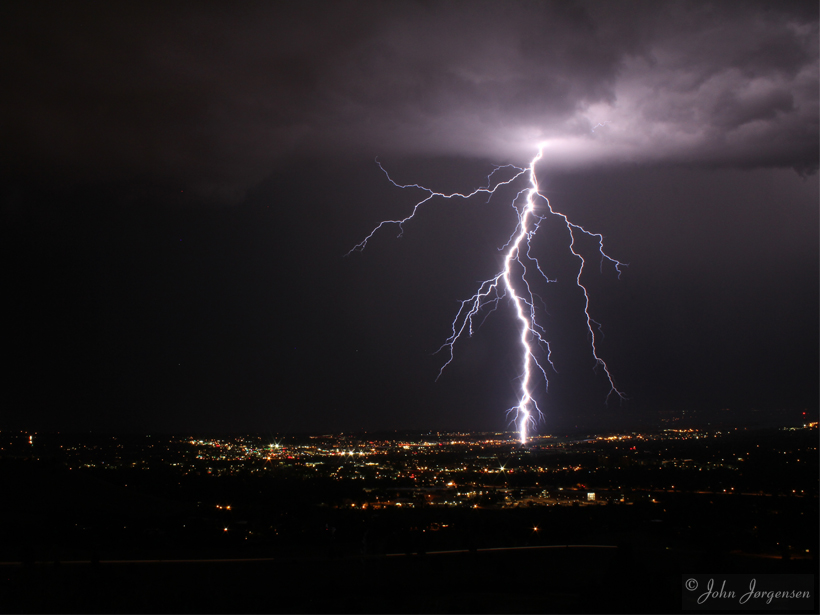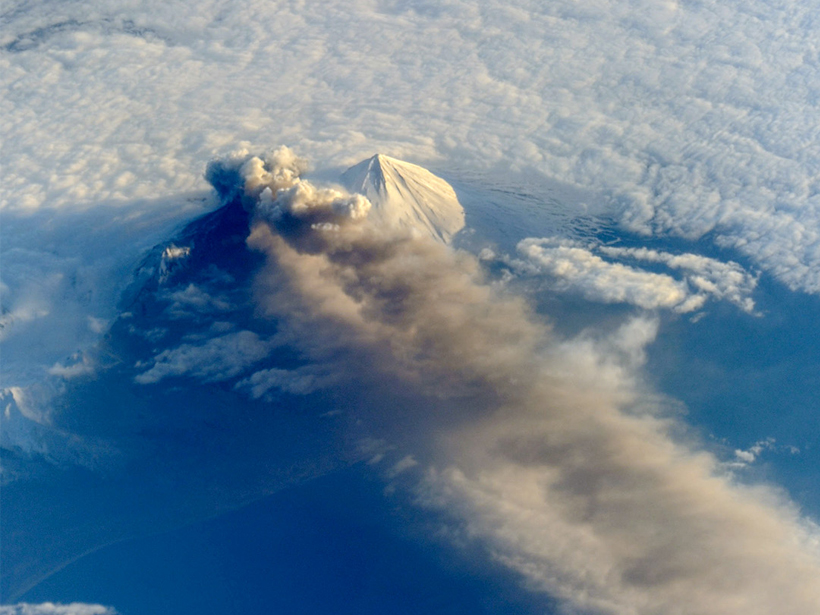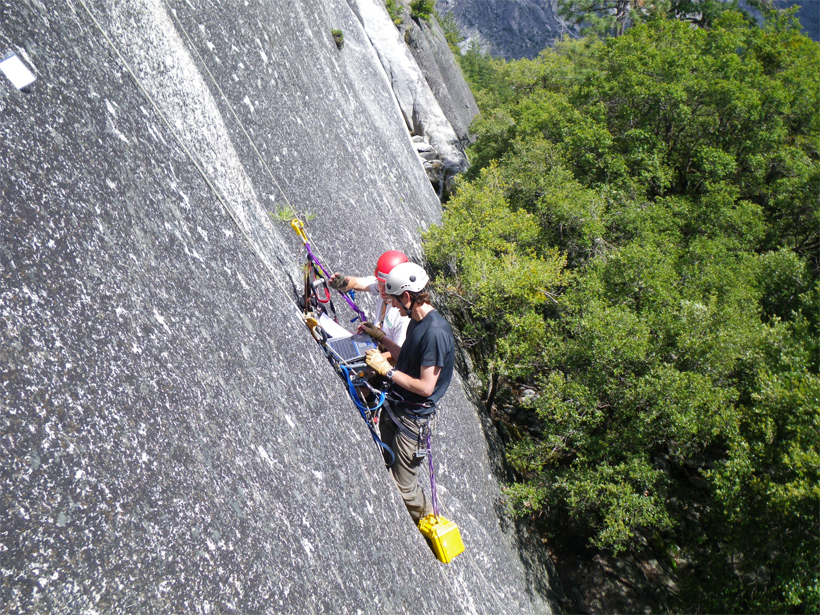Interglacials provide insights into the impacts of warmer than present conditions in certain regions of Earth.
CC BY-NC-ND 2016
Seven Ways Climate Change Threatens U.S. Population's Health
A report by the U.S. Global Change Research Program finds health risks from global warming tied to heat, air quality, vector-borne diseases, water issues, extreme weather, nutrition, and mental stress.
Considering Atmospheric Electricity in Climate Models
Researchers create a new model of the electric currents circulating throughout the atmosphere that will improve the accuracy of global climate models.
How Do Climate Variations Affect the Width of the Tropics?
The Width of the Tropics: Climate Variations and Their Impacts; Santa Fe, New Mexico, 27–31 July 2015
Tidal River Dynamics
Tidal rivers are a vital and little studied nexus between physical oceanography and hydrology.
Sound Waves Help Scientists Track Volcanic Eruptions
When sound waves hit the ground, they shake seismometers like earthquake waves. Scientists can now use these sound-induced seismic waves to investigate volcanic activity.
A Warm Day Can Trigger Rockfalls
Research on a cliff face in Yosemite National Park finds that when rockfalls happen without an obvious cause, ordinary warming in the Sun could be the culprit.
U.S.-Cuba Scientific Cooperation Revs Up
The administration has sought to promote scientific collaboration with Cuba by reducing restrictions on travel and equipment donations and forging research partnerships.
Earthquakes May Prevent Underwater Landslides
Smaller quakes around the active edge of continental plates may contribute to increased stability by promoting compaction and solidifying the top 100 meters of seafloor sediment.










